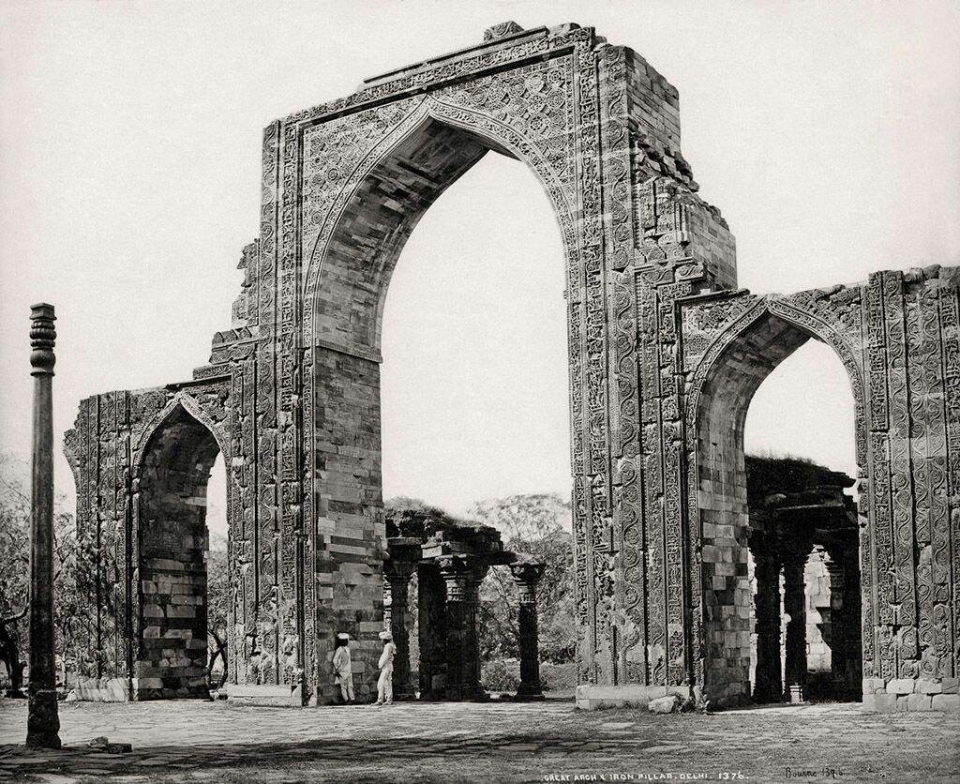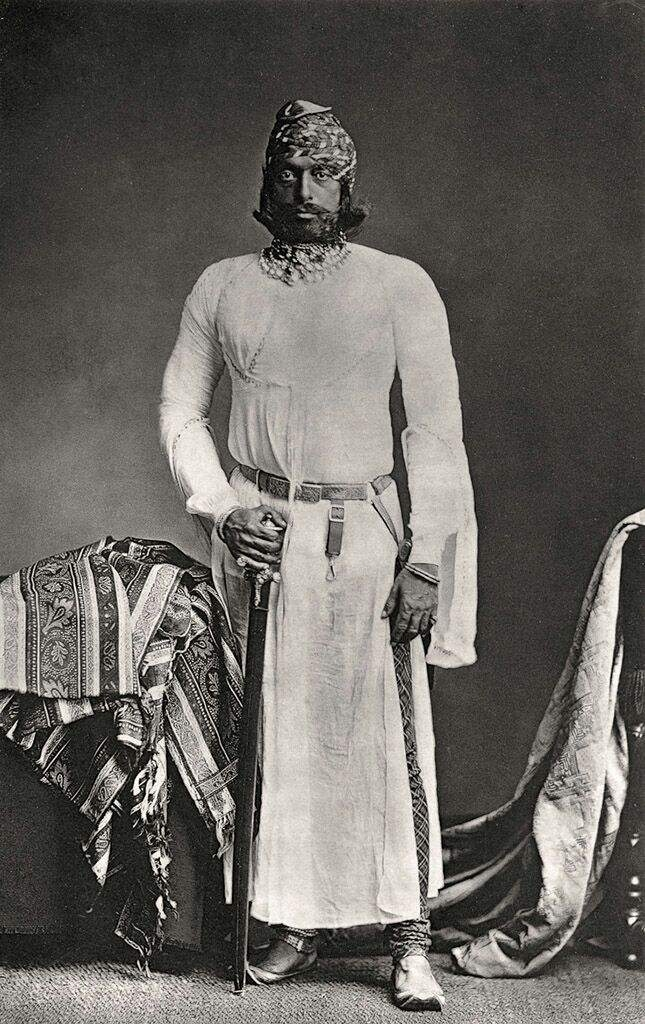A new exhibition highlights the awe-inspiring images Samuel Bourne shot of India in the 19th century
As part of Tasveer's 10th anniversary celebrations, a grand exhibition is going to be mounted, comprising 41 vintage photographs sourced from MAP (Museum of Art & Photography). Called Bourne & Shepherd: Figures in Time, the show celebrates an era when photography was immensely popular commercially. Of note is the fact that select enlarged modern reprints have been showcased along with vintage photos. One reason, as stated by Shilpa Vijayakrishnan of Tasveer, is to gain an insight into the way Bourne took his pictures. For instance, in the image of the Great Arch and the Iron Pillar of the Qutub Minar, Delhi, Bourne depicted its magnificent scale by including two men conversing right under the arch. It was a clever way to create a sense of awe
The show itself highlights the talent of Bourne. And rightly so. As photo historian Hugh Ashley Rayner writes in the catalogue, Bourne's work was significant mainly because although he was not the first serious photographer to document the landscape and architecture of India, he was perhaps the first to produce such a large and coherent body of work of consistently high technical quality and artistic merit. Bourne's images recorded an India that was rapidly changing, and that has now largely disappeared. Even the photographs he made in the remotest reaches of the Himalayas pictured a landscape that has since been irrevocably altered, both by man and nature, with mountain sides deforested, tarmac roads built along the valleys, and the traditional Tibetan style timber and jhula bridges now replaced with soulless modern constructions of steel and concrete. So much of the India that he so painstakingly recorded, has now vanished without trace, or been altered almost beyond recognition. Think what Bourne would have done with the modern camera lenses. He would have shown the decay of landscapes, which makes the situation even more lamentable.

